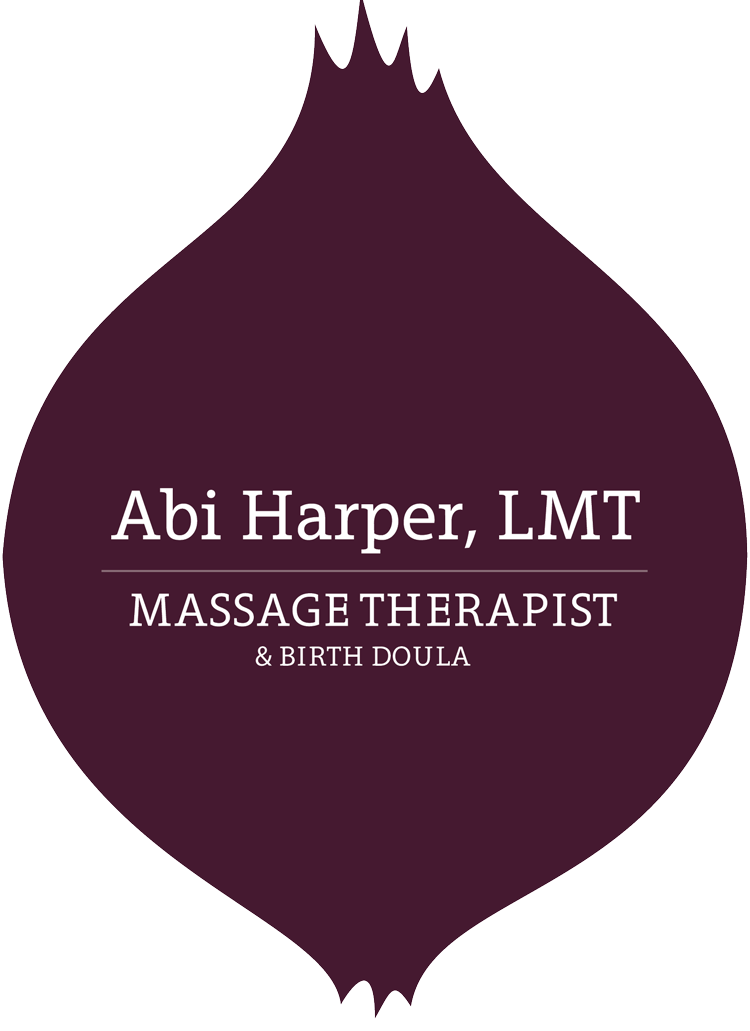Massage when you have PTSD: First you have to feel safe
“Assume everybody you massage could have trauma.” Two different teachers at my massage school told us that all the time, and it’s how I’ve organized my practice, more than any other idea. My intake form has check-boxes for cancer, for heart conditions, for recent surgeries. If massage intake forms had a check-box for trauma, I wouldn’t have known I should check it for a very long time. In massage school we learned so much about PTSD, about dissociation and triggers, certainly enough for me to recognize the landscape of my own internal life. I asked my therapist what she thought, if I had PTSD and she said sure, we didn’t have to know why. Healing isn’t always about understanding a story, there’s a lot you can do to build safety into your life without knowing why you feel the way you do. Every massage I got where I got to practice saying “that doesn’t feel right” when the therapist stretched my arm in a weird way, or just got to feel my skull’s weight held up by someone I trusted who was taking his or her time to be really present, every time I got to feel peaceful in my own skin was magical, a healing. A lot of us have traumatic pasts that make the idea of getting massage scary. When our bodies haven't been safe in the past, less-trauma literate massage can be a recipe for triggering or re-traumatization. When it is safe and you feel ready to include massage in your healing, it can be a powerful force for good. Trauma can live in our muscles the way that old leftovers can live in the fridge. Trauma-informed massage can help us clear out the old alarming tupperwares and clean the shelves to make room for new, more positive life in our bodies.
What is Trauma?
Safe Space in a Massage
Ongoing, well-established, secure therapeutic relationship
Currently living in safety
Taking Care of yourself after a massage/between treatments
MY NOT-SECRET AGENDA
To use massage technique that is evidence-based and kind to help people with their pain that is caused by chronic tension or postural imbalance and give them information and support that is appropriate to their lives at any life stage or state of health where massage can benefit them.
MY SECRET AGENDA
To help my clients whose bodies have not been safe or comfortable places find their way home, in a slow, safe way that they are 100% in control of. To help my clients practice experiencing touch that feels good and learn language skills for communicating about touch. I do this in the context of evidence-based, orthopedically-educated massage that respects the mystery and miraculousness of healing. I truly believe this is world-changing
